Prof. Dibyesh Anand, Scholar of International Relations and the Director of Research in Department of Politics and International Relations at University of Westminster in London in conversation with M.H.A Sikander about future of Hindutva in India, Elections of 2014, Kashmir Issue and Resistance against policies of the Post-Colonial State
This is your third visit to Kashmir. Do you witness any remarkable change in Kashmir over these years particularly in the 2013 visit?
I visited Kashmir for the first time in September, 2004-05. I delivered a lecture in Kashmir University and I remember the presence of military camp within the campus. But compared to my later visits, there were more girls in the audience, many of them without hijab and active in question answer sessions. One experience I recall was hiring a three wheeler auto rickshaw for the entire day to see various places. The auto driver, a young man barely out of his teens, was very edgy in the darkness of evening and when I asked him, he stated that the light inside the vehicle was not working and he was apprehensive of soldiers shooting at him without that. He was very jumpy about any loud noise and mentioned about the fear of military and militants both.
Then I came again in December, 2009, and found that Kashmir had become more culturally conservative. Military atrocities were getting worse and worse visible in a way. I remember talking to Central Reserve Police Force (CRPF) troopers at various check points and near institutions for I am interested in understanding how the state functions beyond the files and offices. “Oh Sir, you can never trust these people ever because they are Muslims” said one trooper while his colleagues nodded in agreement near a temple. The CRPF can be an important source of research to understand the alienation of Kashmiris from India. Also the polarization was complete among Muslims and Indian Army. Even small kids were polarized and the sentiment of Aazadi was strong in the society. What was sad was that some young teenagers had no idea that once upon a time many Pundits lived amongst them. Their vision of azaadi had no space for non-Muslims, a tragedy that parallels the some Pundits growing in mainland India denouncing all Kashmiri Muslims as traitorous. Yet, the biggest impression this time was the sense of alienation amongst the population and contemptuous attitude and even ignorance of Indian security forces.
After the 2010 intifada I made a lot of friends on social network and this increased exponentially since I started paying more attention to Kashmir and writing about it online after the ghastly execution of Afzal Guru this year which in my view should make any self-respecting human, including Indians, be ashamed of Indian state’s conduct. This present visit in April I find very few military bunkers as compared to previous visits. The occupation has become invisible but it isn’t absent. More visible presence of J&K Police is witnessed and it seems the Indian state has outsourced his coercion to the police and the stories of tear gas, pellets, torture, and blinding of young kids involve the police more and more. Also the resentment against J&K Police is much more than army as compared to the previous visits. I met some of the victims who were injured in Police action and many of them have been maimed and some have even lost eye sight, in the Police action. The cost for the expensive treatment of these victims isn’t borne by government but by their poor families. The government should bear the cost of the treatment of those injured in police action, if at all it claims to be a Welfare government. How can the state blind young kids, file FIRs against them and thus ensure that there is no dignified future for them at all? Even from the government perspective, it makes sense to offer free treatment and rehabilitation to all those injured in stone pelting and police firing.
Sadly, no help is being rendered by separatists to these victims as far as I could tell. Individuals are sacrificed in the name of collective conveniently ignoring the class dimension. How can political leaders talk of resistance while ignoring the plights of the youth who actually get injured? It is easy to cheer up dead young boys as martyrs but what happens to the family of those martyrs once the limelight is gone? What mechanisms are in place within the movement to help those families? Everything seems to be an industry here, poor and middle classes are made to suffer. Both the mainstream and separatists politicians are mirroring each other. The Kashmir issue seems more complicated than how it is reported by the Kashmir media, not to talk of Indian media that is colonial and hopelessly biased in its approach. For a healthy movement of Kashmiri nationalism, new ideas and new actors have to have space to emerge. The ossified pro and anti state leaders seem to have exhausted all their visions and rather than encourage new thinking, keep the cottage industry of suffering and brutalization thriving.
As an academic and as a tourist Indian, how do you perceive Kashmir?
I don’t see myself as an Indian. I am a Non Nationalist. I use the term Indian for myself only when I want to express shame for what India is doing in Kashmir and other places.I like to observe and speak to people. I don’t shut my critical mind in any place. Kashmiris in a way are like other Indians who don’t take care of their environment, they pollute the same, throw garbage here and there, a civic sense is lacking. Kashmiris to cope with tourism which is important for revenue and keep resistance alive may experiment with ethical tourism. Kashmiri hosts mustn’t take Indians to tourist spots only, they need to be taken to Shahre Khass(old city) and made a witness to what India is doing in Kashmir. Mix politics with pleasure and this may work only if it is done with sincerity and without hatred. I am also aware of the fact that the average Indian is mired in his or her own problems and isn’t aware of the real happenings in Kashmir. But one must remember that ignorance isn’t natural but is cultivated by Indian nationalist media. The challenge is how to reach out to majority of Indians who suffer from the state.
Your latest book Hindu Nationalism in India and the Politics of Fearwas about Hindu Nationalism in India. How do you surmise its future?
I am intellectually pessimist but politically optimist. All fundamentalisms are increasing. The rise of Hindutva or Hindu Nationalism is also a part of the same process, but it goes beyond that. Politically they want Hindu Rashtra and first they want to make Muslims, Christians and other minorities’ subservient or second class citizens. Their long term goal is to make Hinduism and Hindu Nationalism as one, and then bring down democracy and secularism. I am concerned about the growing respectability for them in the middle classes.
Do you think that the Bhartiya Janta Party (BJP) associated with Hindutva Brigade would fare well in the coming 2014 elections?
We just can’t say anything concrete. Even though the BJP has come down from Hindutva or Ayodhya as the primary election plank and are using developmental issues, like Narendra Modi in Gujarat, their roots in hate politics of Hindu nationalism is too strong. Modi may pretend to be a development messiah but he will never sincerely apologise for the 2002 violence against Muslims, he will never give up on his non-secular fundamentals. It is unlikely that BJP will have a decisive victory. Congress can form a government, but the chances of a coalition are more.
You also delivered a lecture at Department of Political Science, Kashmir Universityon Politics of Security Development and Democracy on April 20th. This lecture drew flak in the form of an article, Anti-India Elements Taking over Kashmir University by Prof. Hari Om, of Jammu who is also associated with BJP. How do you react to the same?
Such attacks usually come across as petty. Rather than challenge the ideas, they try to indulge in name calling and this is a wider trend I notice in India and Pakistan where personal attacks are more common modes than challenging the arguments. When I read it, I laughed it off. A web portal that sees itself as boldly rightwing and sings paeans to Narendra Modi and his types is nothing more than a cheerleader for soft, if not hard, fascism and I would not demean myself by wasting my breath on them. If they have a problem with my articulation of how there can be no genuine democracy in India without giving self-determination to Kashmiris, they should question it. Questioning the organization of such events in the Kashmir University shows that such groups have no respect for freedom, democracy and in the end even the Indian constitution.
What are your observations about the resistance politics and leadership in Kashmir?
I haven’t done any serious research on Kashmir issue. I see myself more as a scholar of democracy and a critic of the State hoping to make it more responsive. The resistance leadership has been crushed in various countries. Postcolonial states of India, Pakistan, China and others have shown themselves to be quite brutal and unrepresentative. In Kashmir the resistance leadership is divided and each leader seems to be following his own agenda. They are still stuck in the decade of 1990s when the armed struggle initiated, but can’t see that the situation since then has changed drastically. The youth are seen as followers and not as compatriots by the leadership. There is also an absence of a clear vision that makes the resistance more chaotic.
I as a seasoned commentator on Tibet would like to draw one comparison of the two resistance struggles. In Tibet they have two visions known as Middle Way of the Dalai Lama that wants an autonomous Tibet within Chinese constitutional framework and other is the vision of Independent Tibet. In the state of J&K under Indian control, there are two strands within the separatists. Pro-Pakistan and Pro-independence (from both India and Kashmir). There is nothing wrong in having divisions. But unlike Kashmiris most Tibetans don’t call each other names and decry the other party as sell outs. Here each person who doesn’t agree to other person’s view or ideology is described as an IB agent by his opponent. Is IB so strong that they have created so many agents, as every second Kashmiri is labeled as their agent? Unlike Tibet, leaders downplay seem to each other in Kashmir. There is a suspicion about the other which is then reinforced by victim mentality. Also there is very less solidarity of Kashmiri resistance leaders with outside world and its issues. In Tibet none wants to be a spokesperson or leader of the resistance, but in Kashmir, every other leader seems to be craving for such a position. Do they stop to ask if there is a gulf between them and masses? Some of the separatist leaders enjoy passports and travel all over the world, but thousands of Kashmiris have been denied the same, but why don’t the separatists raise the passport issue? Even the children of the ex-militants do not get passports unless those ex-militants have become powerful through their connection with Indian security agencies and bureaucracy. Unlike the leaders whose children and relatives have wealth and property in various places in India and abroad, most young people who get killed now by the state have no one to back them and their family.
Getting the kids and youth killed wouldn’t serve the cause of Aazadi, as Aazadi wouldn’t be needed for a graveyard but only living people can struggle and then enjoy aazadi. A healthy anti-colonial movement requires a mix of resistance and complicity. Should the leaders not encourage good education for the kids while at the same time focusing on keeping the resistance alive? Of course, I may be wrong here in my views of the separatist leaders but I expect more humanitarianism for Kashmiris from them than the pro-state leaders. And my critical views may stem from speaking to some victims of state torture and blinding who I see as being left to suffer on their own by the state, the separatists and sadly even the society.
Any last words you wish to state?
There is a need of conducting more critical research about Kashmir in order to understand the web of complexities more lucidly and clearly. A good resistance can’t be built without solid education. The resistance must make it sure to develop a critical but healthy environment where detracting opinions, viewpoints and dissent are tolerated and not ridiculed. Awareness generation among people is must and also the youth need to be included in the resistance as they are the future. Also Kashmir is a small place; hence it needs to learn from the resistance and experience of other places and movements. The struggle will be long but in the end tyrannies cannot last forever.

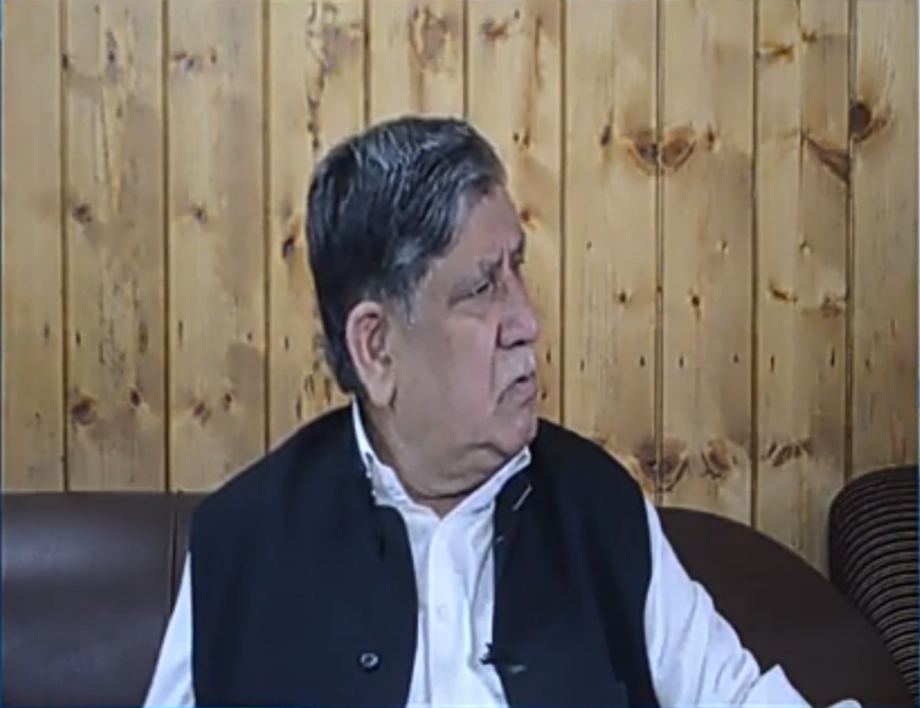





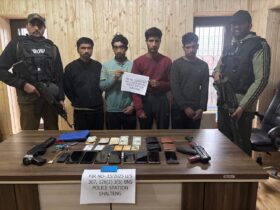

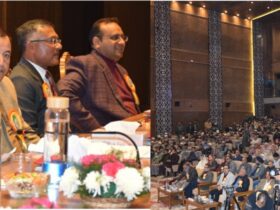
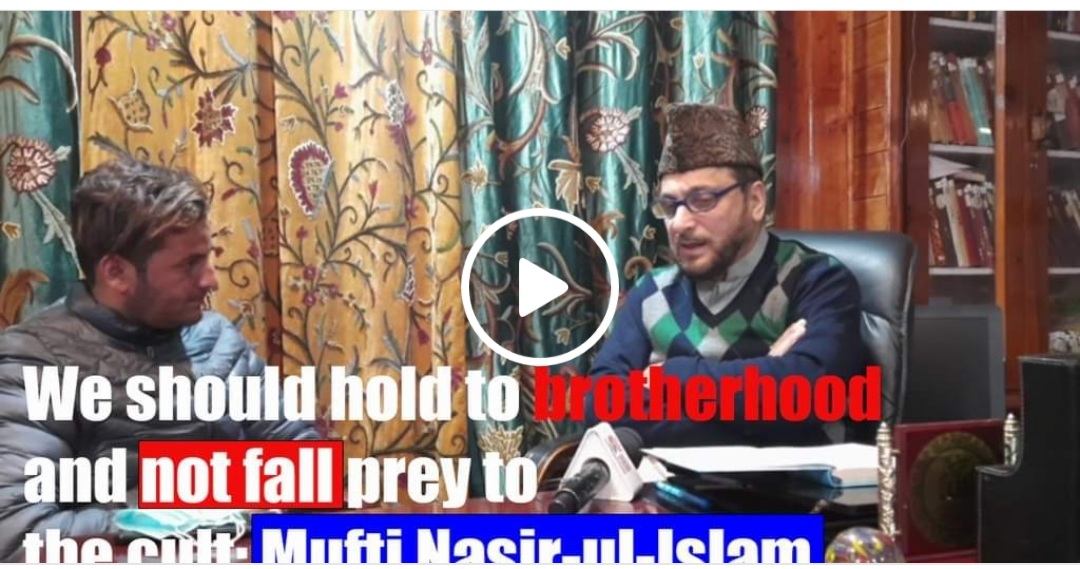

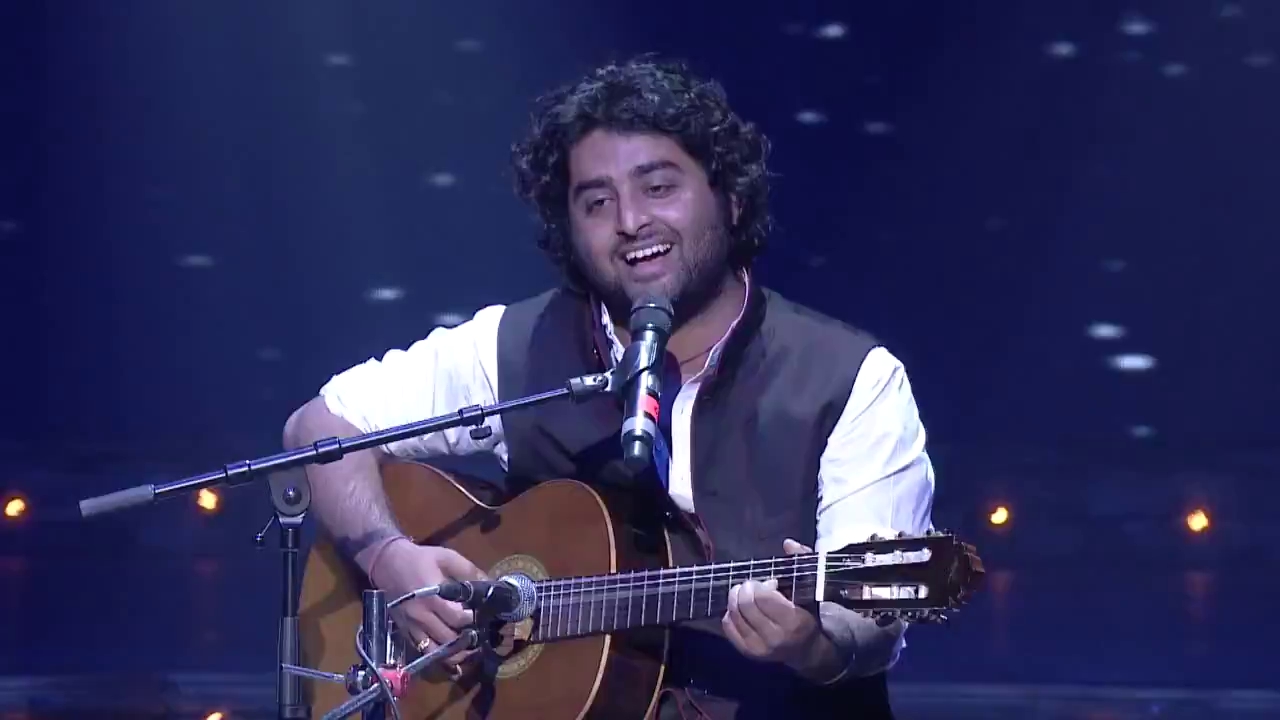
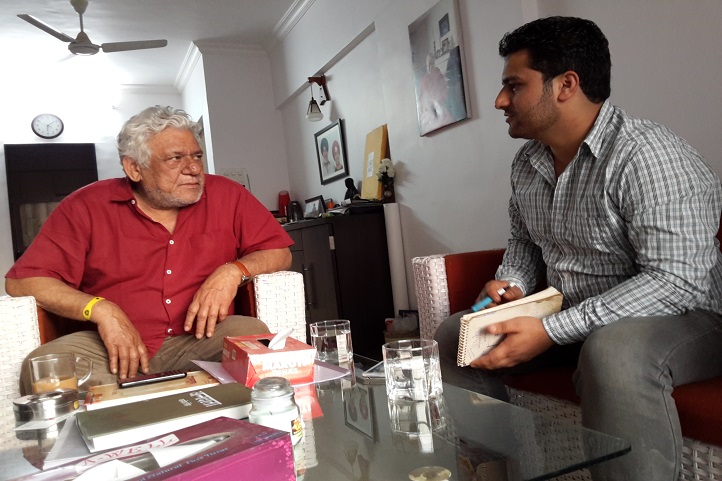
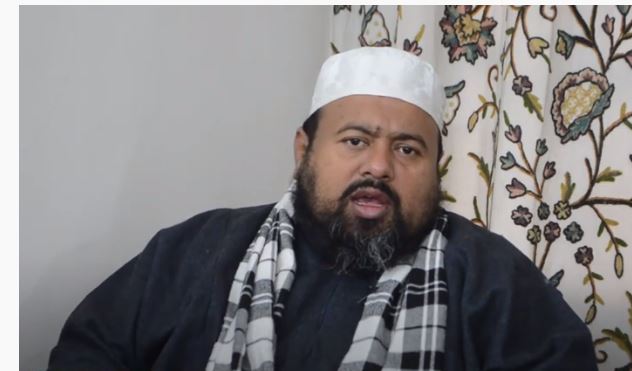
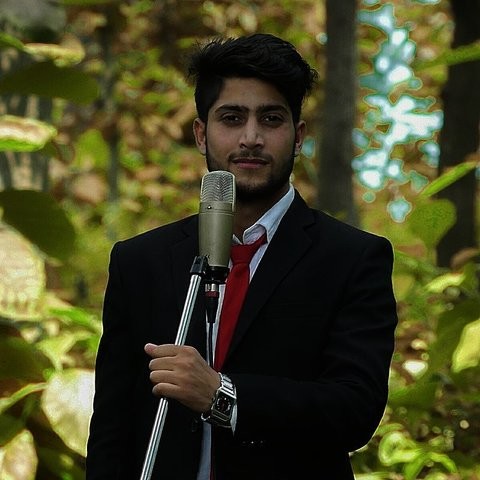
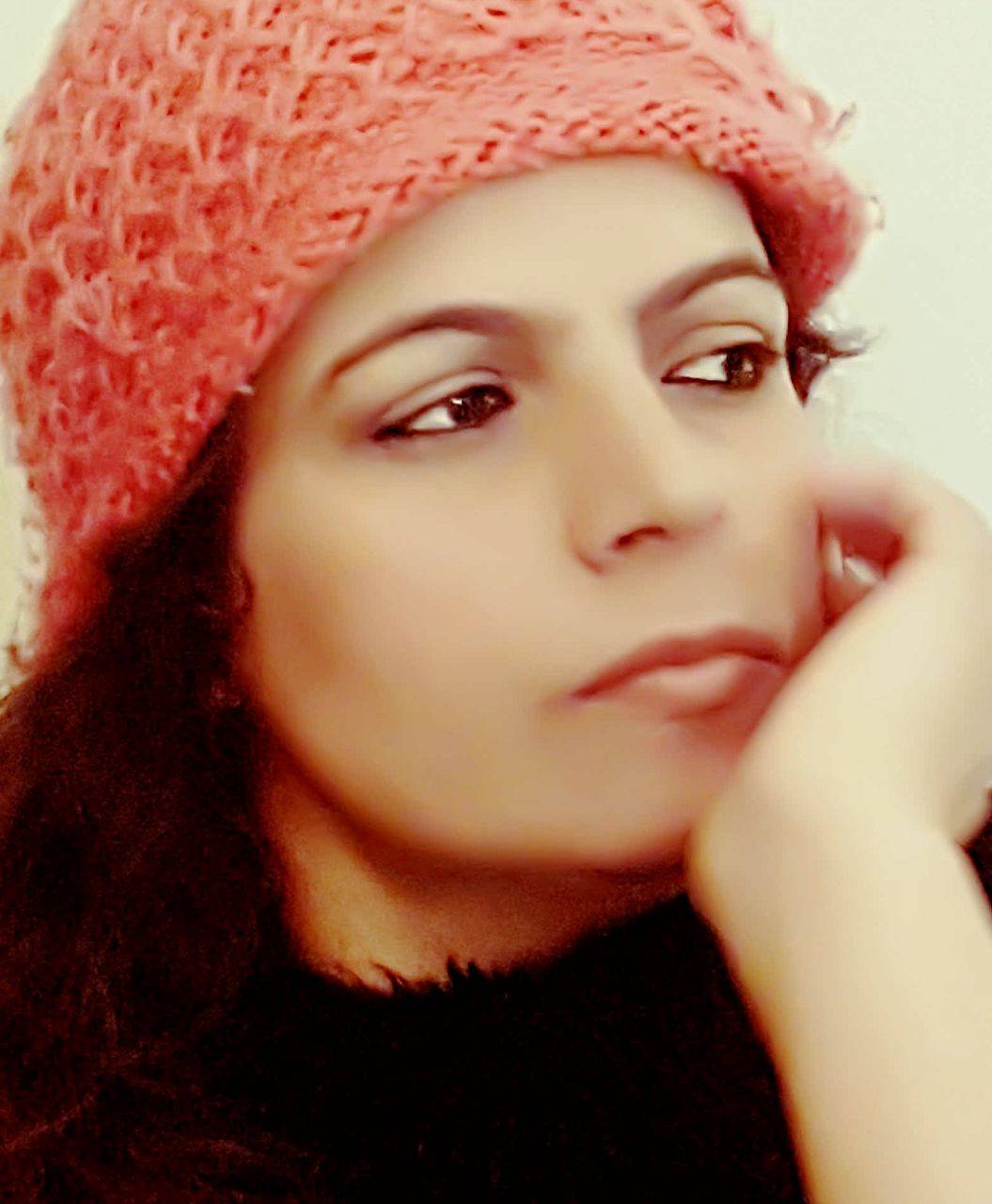
Leave a Reply